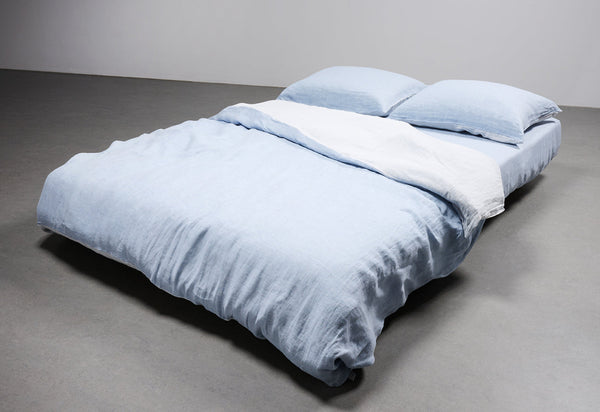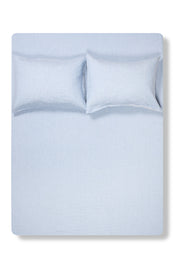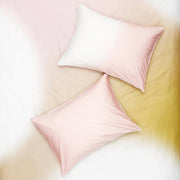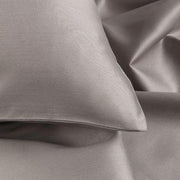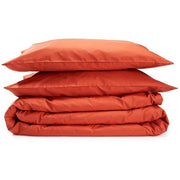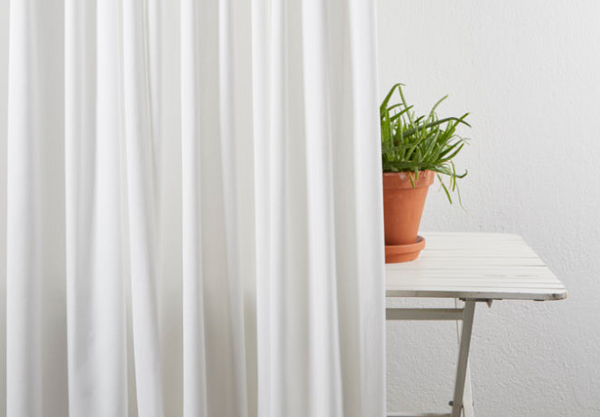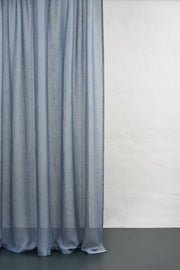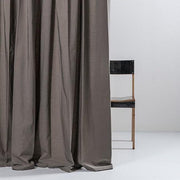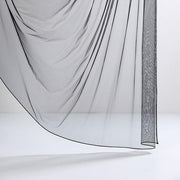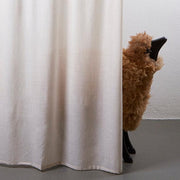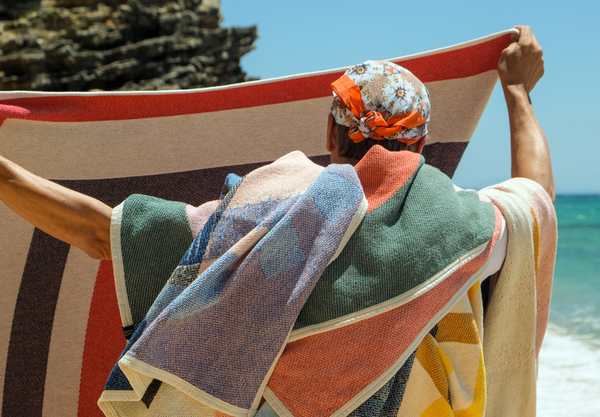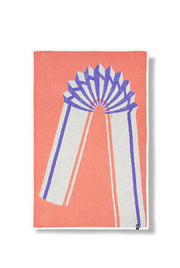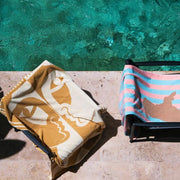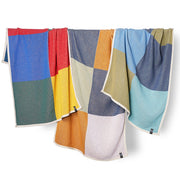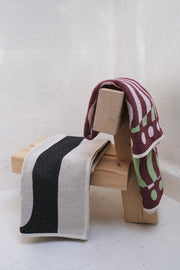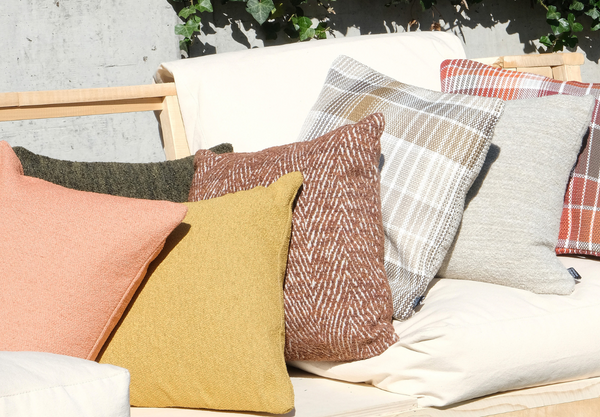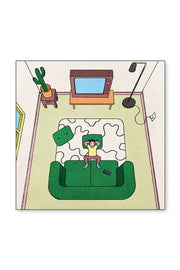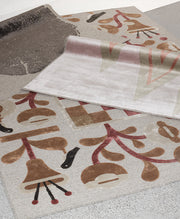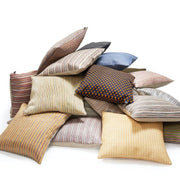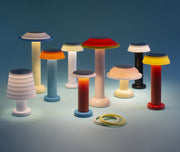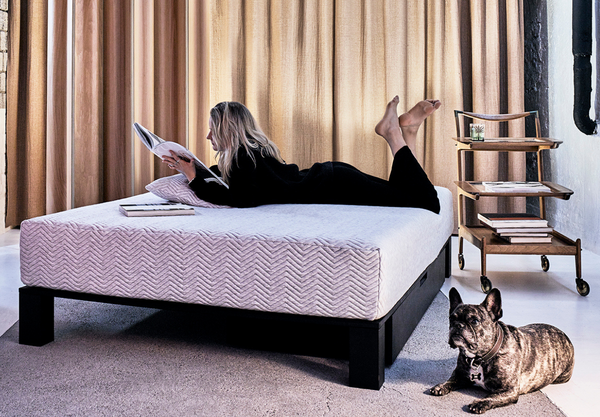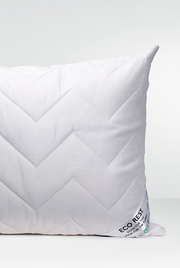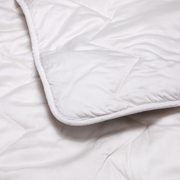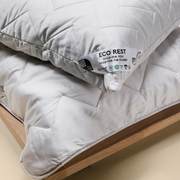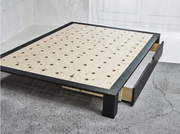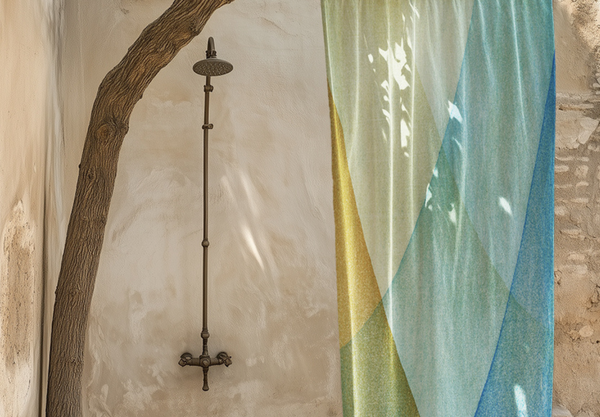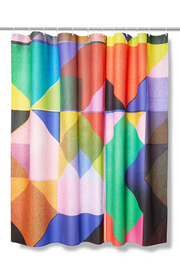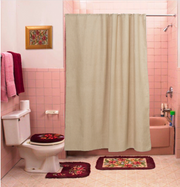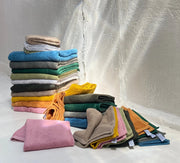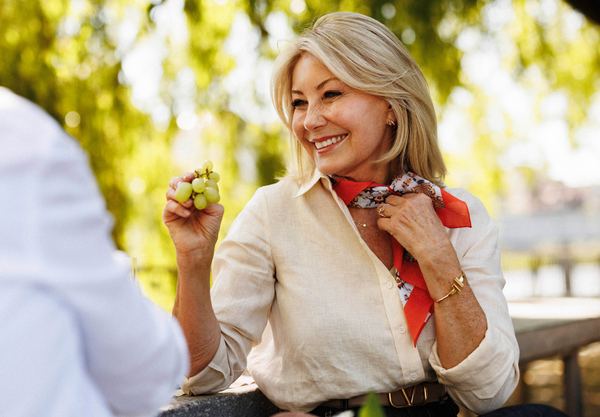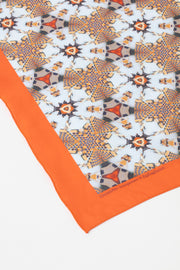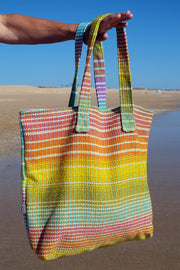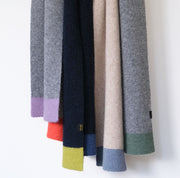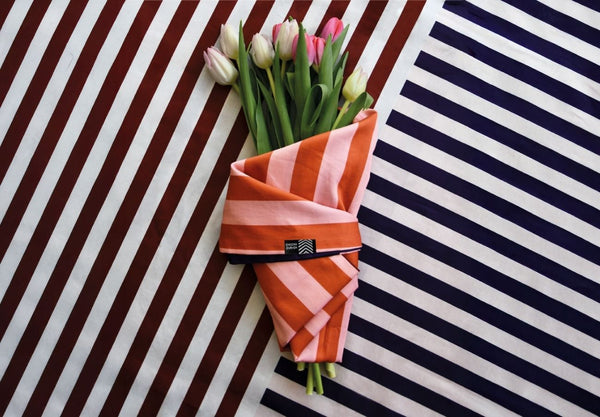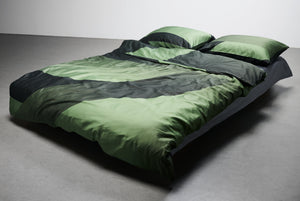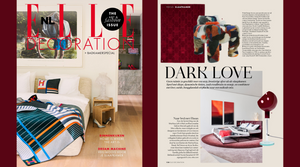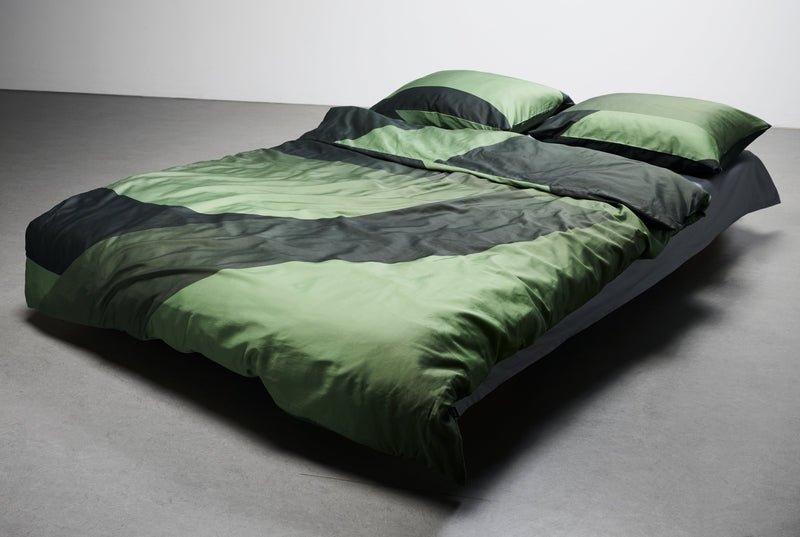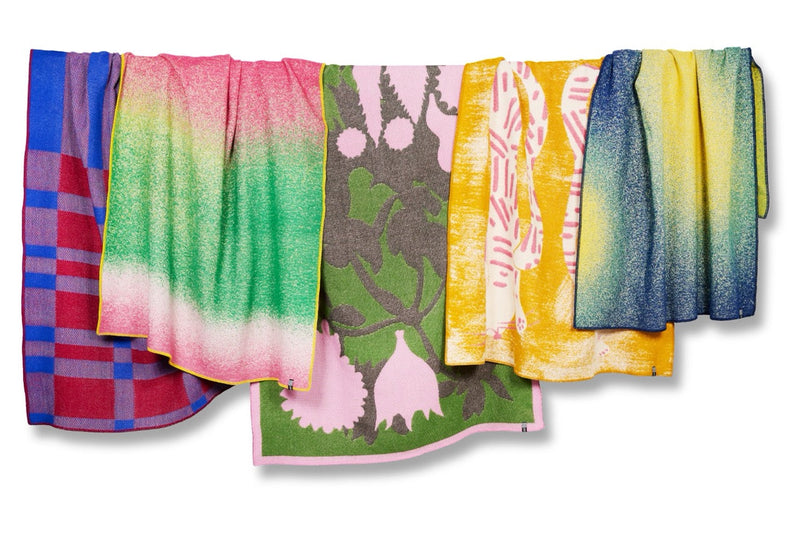10 questions & answers that will make you a real expert about the linen
Take a look at this interview with Michele Rondelli, Creative Director of ZigZagZurich & 4Spaces to understand the magic of this ancient fabric used by kings & emperors yet humble enough for any room!
- What is Linen?
Linen is a textile made from the fibers of the flax plant. Linen fibers are woven into yarns and fabrics. Flax is one of the oldest textile fibers used by humans, evidence of its use has been found in Switzerland’s prehistoric lake dwellings. Fine linen fabrics have been discovered in Egyptian tombs over the years signaling the importance of this simple plant.
- Is Linen warm?
Linen is thermo-regulating: it’s a natural insulator and it reacts to the season and the body in contact with the cloth. It keeps cool and breathable in the summer months and trap warmth in colder weather.
- Is Linen soft?
Linen naturally induces a feeling of pleasure and comfort. The more it is used the softer it gets and the stronger it becomes. Vintage linen is really soft and the feeling is very hard to replicate by any mechanical process. It is a very durable fibre and has many benefits over cotton. In modern times, we have many new finish treatments applied to the yarn and woven fabric to enhance its natural characteristic.
- Cotton vs. Linen: What’s the difference?
Linen is known to be the world’s strongest natural fiber: it is stronger than cotton and because linen absorbs and releases moisture quickly, it is a good conductor of heat. Linen is more expensive than cotton since it is technically more difficult to spin and weave.
- How is Linen made?
In simple terms, the fibers from the plant go through a number of different processes – from what is called retting, a form of fermentation in water, to drying, crushing and beating the fibers. Once the plant fibers are ready, they are spun into yarns. Linen yarns are normally very fine or can be combined together to create a thicker yarn. Linen is very difficult to knit as it does not have elasticity like cotton or wool hence the structure is much stronger overall when woven.
- Where does the best Linen come from?
It is widely known that the best linen yarns come from Belgium & Ireland however the plant may actually be grown elsewhere and sent there for processing. The combination of the top quality yarns, and importantly how they are woven defines the quality of the linen.
- Why Belgian Linen is the best Linen?
Belgian linen is recognized as being the best in the world. This excellence may be attributed to the water, to the climate, with adequate moisture and relatively cool temperatures, and to the traditional methods and experience that have been passed on throughout the ages. Belgian Linen is Made of European grown flax fibres and has a premium high quality. It is woven accordingly to a time-honored tradition, it's crisp, comfortable, soft yet strong and durable.
- Which is the difference between Belgian Flex Linen and Belgian Linen?
While Belgian Linen is transformed from flax plant to the linen fabric entirely in Belgium, Belgian flax linen (also known as European Flax Linen) is linen made from European Flax plant outside of Europe (primarily in India and China).
- Why should you prefer Belgian Linen Bedding?
Because the unique climate and the expertise of the Belgian artisans, explains the superior quality of their linen.
- Why is ZigZagZurich Linen Collection a good choice for bedding?
Because we have the best Italian Linen made by a master weaver (in panama, yarn dyed and vintage finishes) that combines the high quality and tradition of the Belgian linen with the high specialization and elegance of Made in Italy. A real guarantee.
Below our simple guide that hopefully makes it that little bit more simple to choose…
Enjoy your linen bedding!
Plain Unwashed Sheeting Linen is the crispest kind of linen – depending on the weight of the yarns, this can almost be transparent to heavier weaves. As with all unwashed linen, the first wash will slightly shrink the yarns making them stiffer, however this can then be changed by adding the linens to a tumbler for example softening the linen itself. This is the most classic of linens you see.
Panama linen or a basket weave is a simple type of linen bedding, where groups of warp and weft threads are interlaced so that they form a simple crisscross pattern. Each group of weft threads crosses an equal number of warp threads by going over one group, then under the next, and so on. Panama linen by definition is a heavier linen so can be used as warmer linen in the winter, or simply in the summer, by taking out the duvet filling and sleeping under the linen alone. This can be woven in natural yarns or coloured yarns for the linen bedding.
Melange linen is a mix of yarns, which create the unique effect. A mélange quality bed linen will be yarn dyed, taking colors and mixing them with white yarns to create that unique coloring effect – do e.g. blue yarns with white yarns. Yarn Dyed is where the yarn is dyed before the fabric is woven. Normally fabrics are piece dyed e.g. the whole lot is dyed at once, but with yarn dyeing, this process is done first of all.
Vintage linen or “washed linen” – all linen fabric shrinks so unwashed linen will have a more crisp feel to it. Vintage or washed linen is washed in different ways – some simply in hot water and tumbled, other processes do it more traditionally with water baths, stones for softening or the cheaper process uses chemicals and softeners. We prefer to do it the traditional way!
Damask linen is a mix of plain and satin weaves with the fibers reversible and flat, giving the fabric a smooth texture. This type of linen is most used on tablecloths, napkins but also draperies as well.
